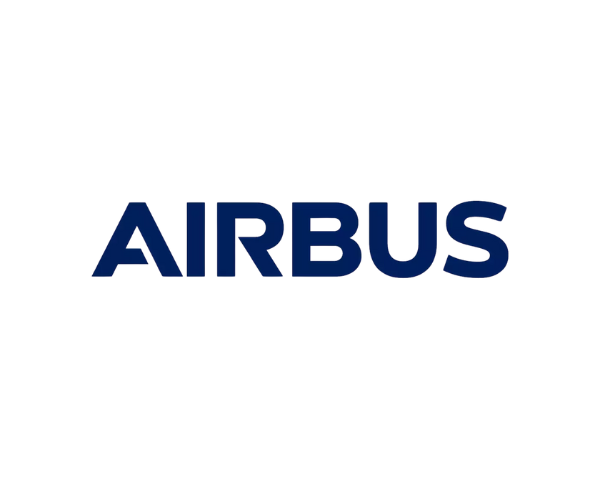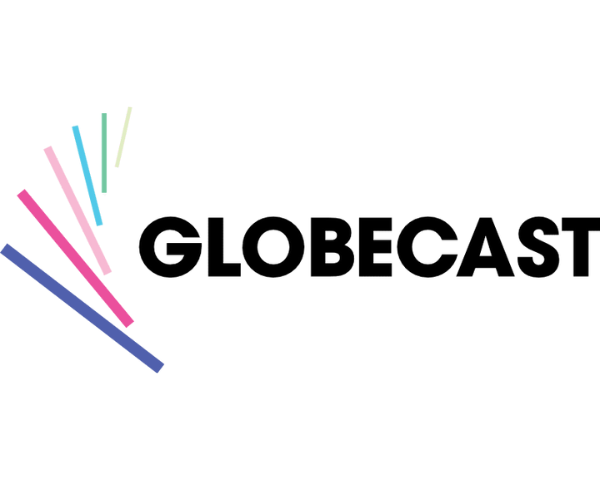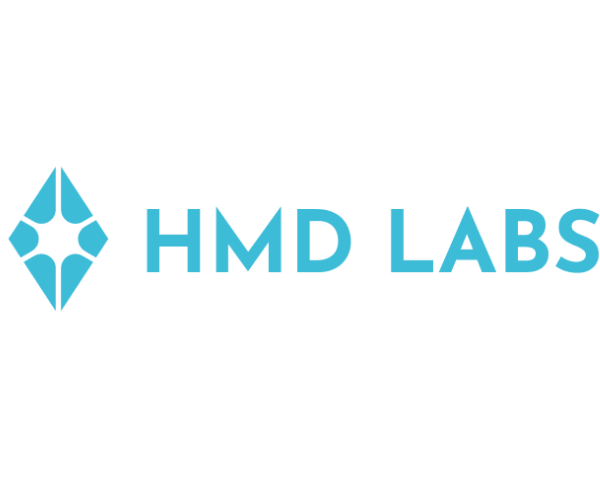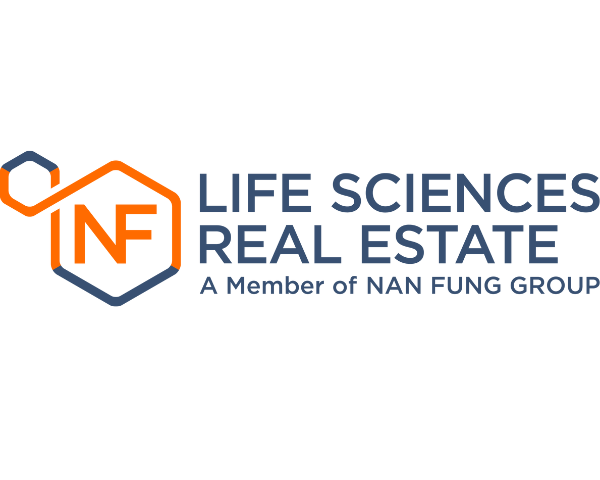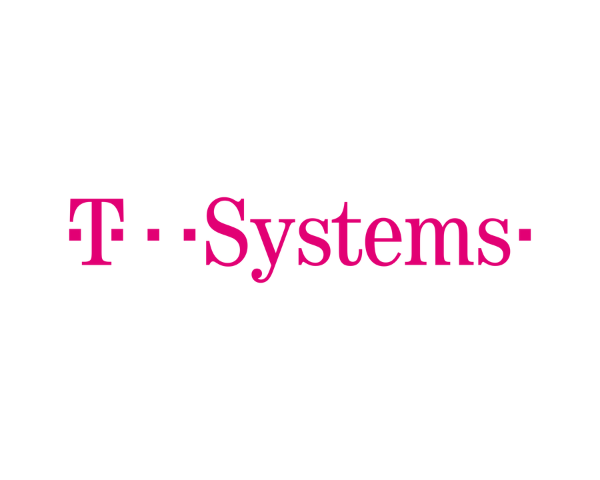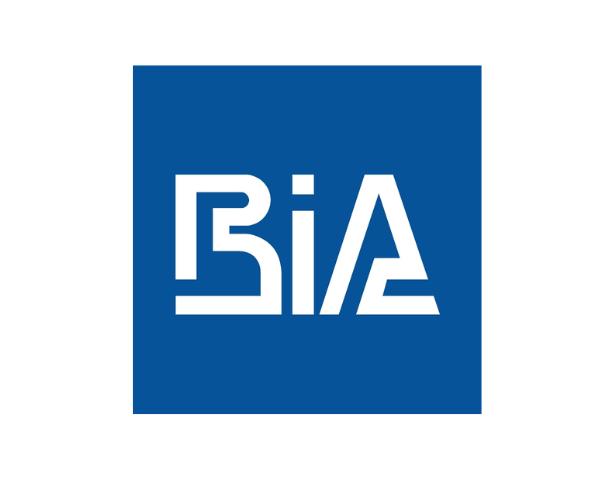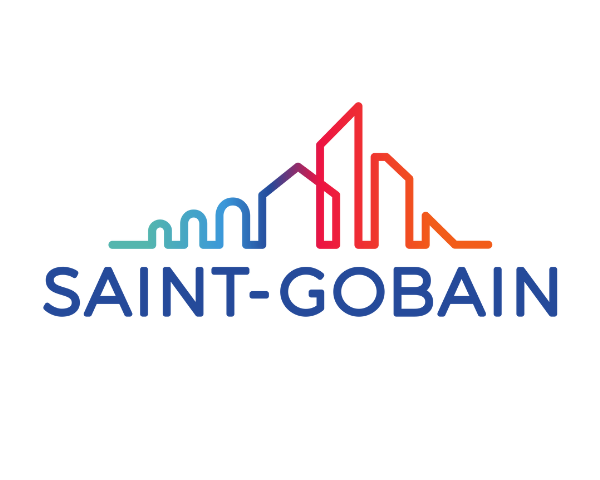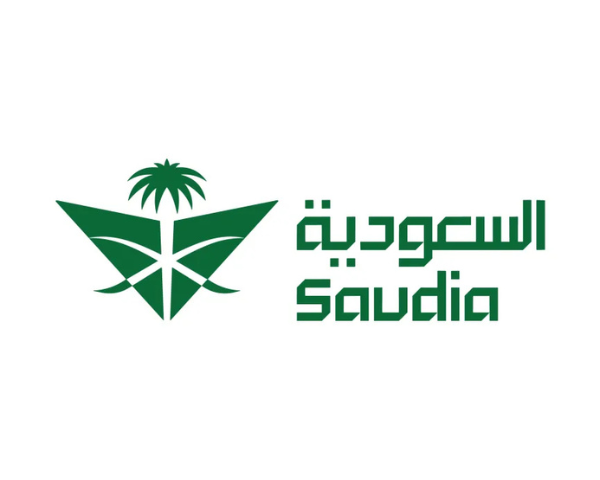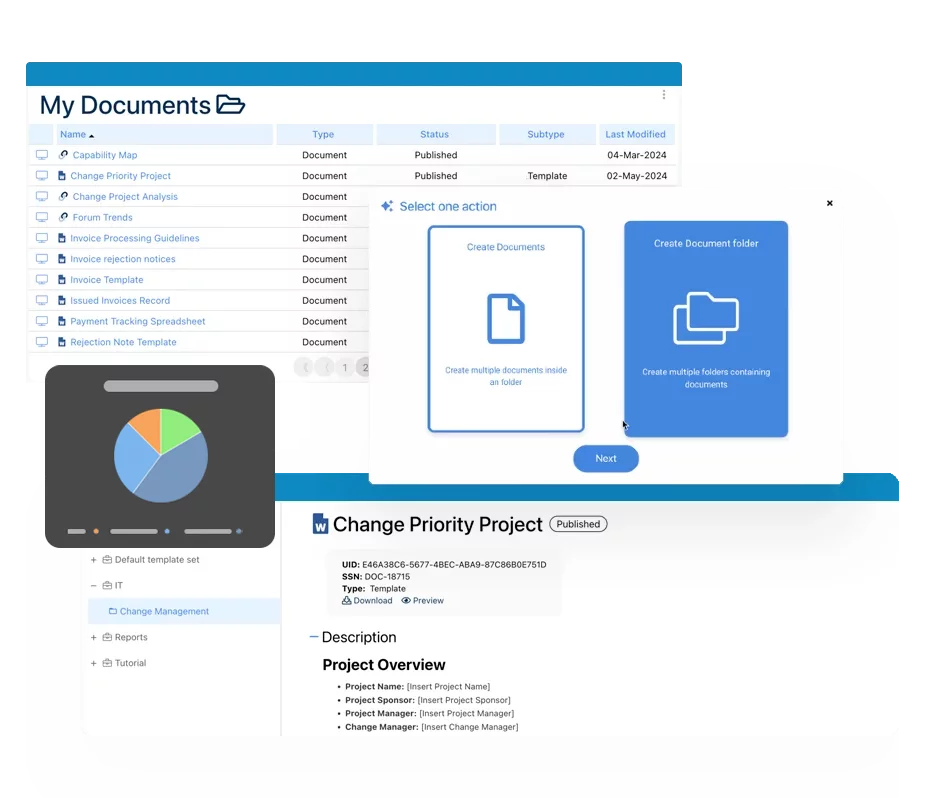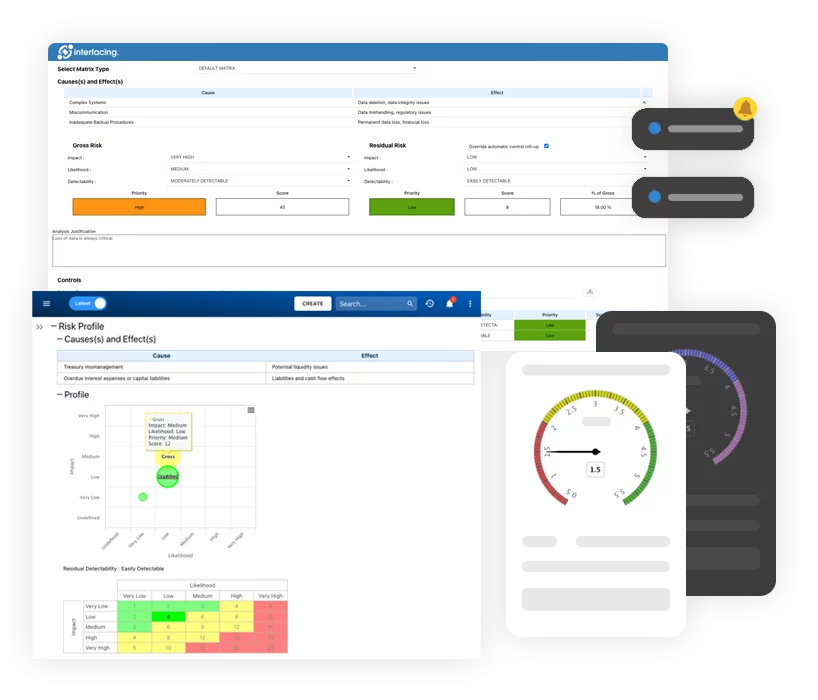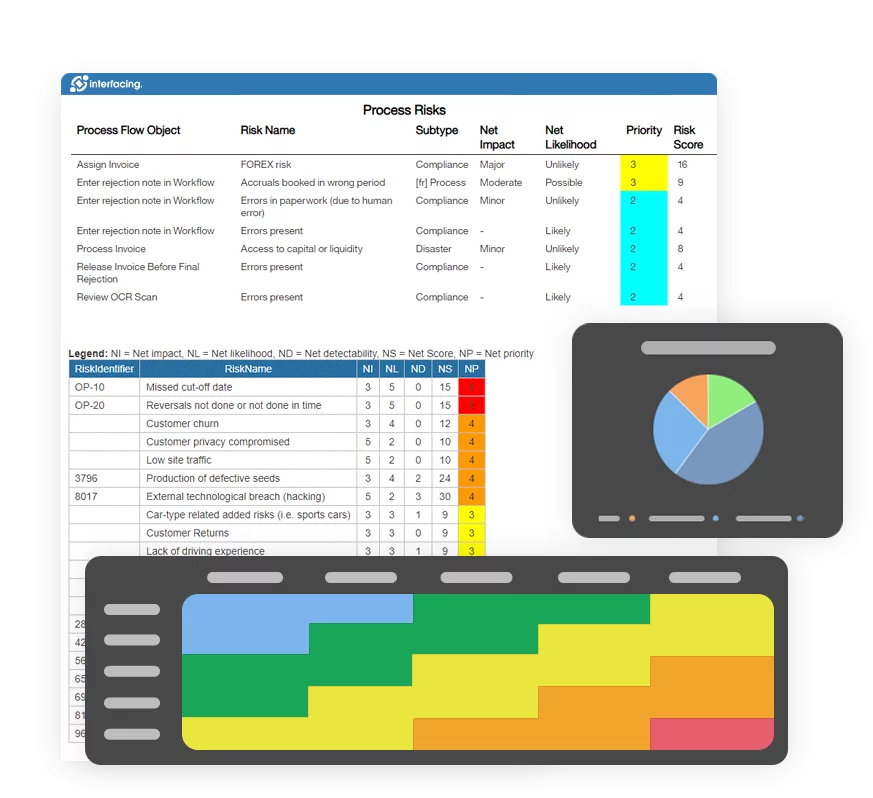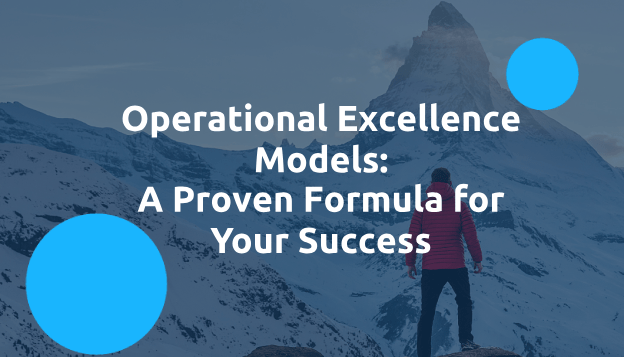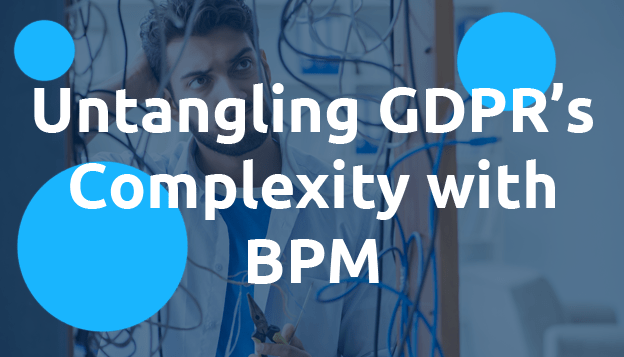While ISO, Lean methodology, agile management and Six Sigma have been commonly known and widely used, only a small percentage of organizations are aware of OE (Operational Excellence) models. But surprisingly, OE models actually cover many of the management techniques mentioned above.
On September 25, 2018, Interfacing co-hosted a webinar with Dawn Ringrose, Principal of Organizational Excellence Specialist, to learn more about how OE models can improve your organization’s performance. Focusing on the obstacle of trying out many tools and methodologies but still feeling that your business has been stagnating, OE models might deliver exceptional results if properly planned and executed.
Operational excellence is not very well-known; in fact, only 20% of the workforce is familiar with the OE models!
What are OE models?
OE (Operational Excellence) is implementing the best practices and improving performance; OE models are highly comprehensive management systems that aim to improve organizational performance by offering a long-term platform applicable to any size and type of business. Starting with implementing best management practices, OE models boost performance by developing a shared culture and commitment to excellence within the organization.
There are some differences with OE models under different geographical frameworks. For example, there is a Canadian model for excellence in Canada, Baldrige model in the U.S., EFQM model in Europe, and a mixed model of Baldrige and EFQM in Asia.
9 key management areas: governance, leadership, planning, customers, employees, work processes, suppliers and partners, resource management, continuous improvement & performance measurement.
How do OE models work?
OE models have been proven to be time-effective and cost-efficient in different industries over the years. They can be used but not limited to the three major scenarios below –
- New ventures or entrepreneurs that want to implement management best practices and create a structured management system to better build up their business;
- Well-established organizations that already have most of the best practices in place but need to bridge cross-functional gaps in order to strengthen their managerial foundation;
- Organizations that need to improve specific key management area(s) in their management system to accelerate their business.
Generally speaking, OE models improve performance by addressing organizations’ fundamental need, which is the improvement of management system. This culture-centric and management-focused approach will reduce errors, rework and duplication by improving employees’ communication, collaboration and engagement.
How To Improve Your Organization’s Performance Webinar
Beyond the Magic Formula
Alongside with the OE models, Dawn introduced a turnkey toolkit designed for external consultants, organizational leaders, as well as trainers throughout organizational excellence journey. A balanced system was also recommended as it is capable of demonstrating steady improvement of results in a visualized and measurable way.
Besides, organizations should assess their excellence levels in a timely manner. Whichever assessment tool you choose, adopting a standardized tool can assure that everyone is on the same page, offer a snapshot of how your organization is doing, reveal opportunities for future improvement, and more importantly, understand the benchmark to learn from industry leaders.
Last but not least, organizations should not only concentrate on current practices, but also pay attention to future-oriented practices when it comes to operational excellence initiatives (e.g. a contingency plan for unforeseen events). Keeping this preventive focus in mind, they also need to engage, consult, and work more closely and frequently with customers, suppliers and partners to fine-tune their performance.
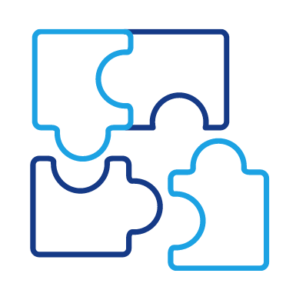
6 implementation process of OE models: presentation to leadership, training, self-assessment, improvement plans, delegation of responsibility, and implementation assistance.
Conclusion
It is important to remember that embarking on the excellence journey is like climbing a mountain, and organizations should address each opportunity for improvement in order to achieve excellence, much like climbing one step at a time in order to get to the peak. All these efforts will finally pay off as you appreciate the great view from the top.

Dawn Ringrose
Principal, Organizational Excellence Specialists
Why Choose Interfacing?
With over two decades of AI, Quality, Process, and Compliance software expertise, Interfacing continues to be a leader in the industry. To-date, it has served over 500+ world-class enterprises and management consulting firms from all industries and sectors. We continue to provide digital, cloud & AI solutions that enable organizations to enhance, control and streamline their processes while easing the burden of regulatory compliance and quality management programs.
To explore further or discuss how Interfacing can assist your organization, please complete the form below.

Documentation: Driving Transformation, Governance and Control
• Gain real-time, comprehensive insights into your operations.
• Improve governance, efficiency, and compliance.
• Ensure seamless alignment with regulatory standards.

eQMS: Automating Quality & Compliance Workflows & Reporting
• Simplify quality management with automated workflows and monitoring.
• Streamline CAPA, supplier audits, training and related workflows.
• Turn documentation into actionable insights for Quality 4.0

Low-Code Rapid Application Development: Accelerating Digital Transformation
• Build custom, scalable applications swiftly
• Reducing development time and cost
• Adapt faster and stay agile in the face of
evolving customer and business needs.
AI to Transform your Business!
The AI-powered tools are designed to streamline operations, enhance compliance, and drive sustainable growth. Check out how AI can:
• Respond to employee inquiries
• Transform videos into processes
• Assess regulatory impact & process improvements
• Generate forms, processes, risks, regulations, KPIs & more
• Parse regulatory standards into requirements

Request Free Demo
Document, analyze, improve, digitize and monitor your business processes, risks, regulatory requirements and performance indicators within Interfacing’s Digital Twin integrated management system the Enterprise Process Center®!
Trusted by Customers Worldwide!
More than 400+ world-class enterprises and management consulting firms




















